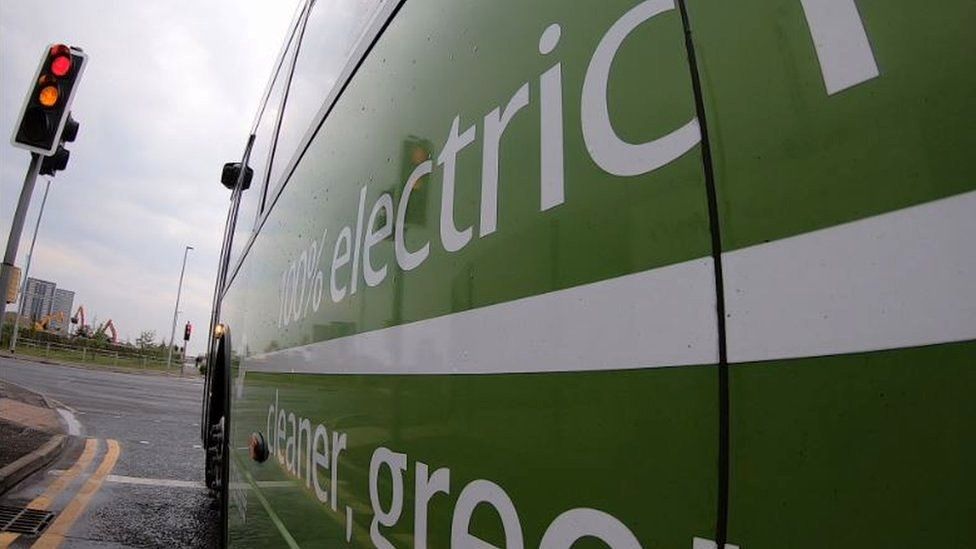
Offshore wind farm capacity in the UK is set to triple in what has been hailed as “one of the country’s biggest ever steps” towards achieving net-zero emissions.
Scotland has agreed to lease thousands of square kilometres of its seabed to new projects, which are set to bring in £700m for the country’s government.
The ScotWind programme has given the go-ahead to new wind farm developments which are forecast to boost capacity by 25GW.
According to government figures, the current offshore wind capacity installed in the UK is around 11GW.
Melanie Onn, from trade association RenewableUK, said it marked “the start of a new era” for the country’s offshore wind industry. “ScotWind represents one of the country’s biggest ever steps towards net zero,” she said.
ScotWind is the first auction for wind farm developments to take place in Scotland in a decade.
It was announced yesterday that 17 applications had been accepted, with SSE Renewables and Shell New Energies among the successful bidders.
Ms Onn said the new capacity “is two and a half times the UK’s entire current offshore wind capacity” and equal to “the entire current operational offshore wind capacity for the whole of Europe”.
RenewableUK’s deputy chief executive added: “It will scale up exponentially our ability to slash emissions. In the long term, it will also help to reduce the UK’s vulnerability to international gas prices which are hurting consumers.”
The UK is currently facing an energy crisis amid soaring gas prices, with estimates that millions could see their bills increase by more than 50 per cent.
As Scotland revealed the successful applications for wind farms in their waters, first minister Nicola Sturgeon said: “The scale of opportunity here is truly historic.”
She added: “ScotWind puts Scotland at the forefront of the global development of offshore wind, represents a massive step forward in our transition to net zero.”
The Scottish government has set a goal to reach net-zero emissions by 2045, while 2050 is the goal for the UK as a whole.
Towards the end of last year, Boris Johnson said all electricity in the country should be produced from clean sources by 2035.
Speaking about the ScotWind project, Dustin Benton from the Green Alliance think tank said expanding wind power was “crucial” to meet this target, as well as reach net zero by the set date.
The 25GW increase in capacity is much higher than the 10GW initially hoped to be created by ScotWind.
The new wind farm developments are also estimated to create thousands of new jobs.
Crown Estate Scotland, which was behind the leasing round, said the announcement of the successful bids was only the first stage of a long process that the developments must go through “before we see turbines going into the water”.
Source Independent





